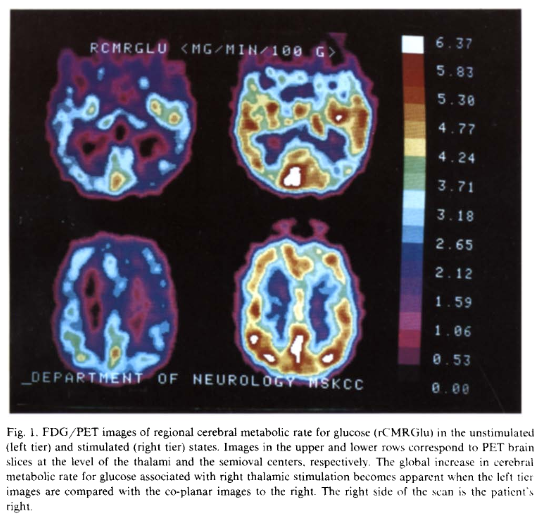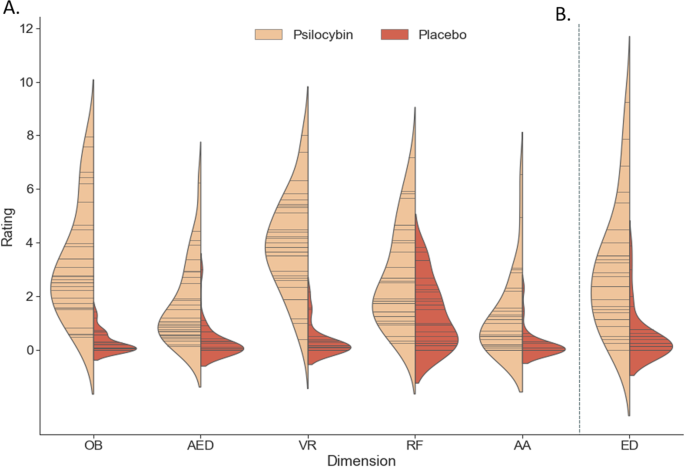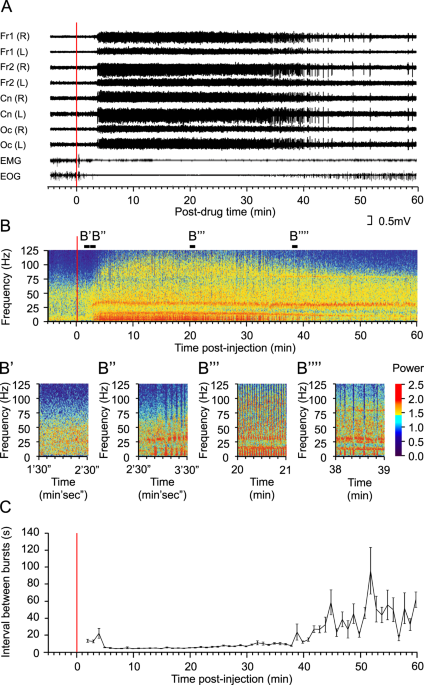sekio
Bluelight Crew
- Joined
- Sep 14, 2009
- Messages
- 21,994
Radiation‐induced Changes in Stimulant Pharmacokinetics Relevant to Long‐distance Space Travel
Michael D. Hambuchen, Anna Mazur, David L. Findley, Mitchell R. McGill
First published: 17 April 2020
A round trip to Mars or a 10 year stay on the planet’s surface is estimated to be associated with 1 or 3 Gray (Gy) whole body radiation exposure, respectively. Radiation exposure is known to alter the pharmacokinetics of some medications. The objective of these experiments was to determine how radiation exposure may alter drug pharmacokinetics in male Wistar rats using methamphetamine (METH) as a probe. METH was chosen due to its well established pharmacokinetics in rats and the relevance of stimulant administration for alertness in space travel. Rats were exposed to 0, 1, or 3 Gy X‐ray radiation followed by measurement of clearance‐related serum biomarkers (e.g., alanine aminotransferase, serum creatinine, etc.), 1 mg/kg subcutaneous (SC) METH pharmacokinetics, and 1 mg/kg SC METH‐induced locomotor activity (which is correlated with brain METH concentrations). While radiation dose‐dependently reduced rat total body weight and spleen weight, there were no significant changes in serum biomarkers, METH pharmacokinetic parameters, or METH‐induced locomotor activity. In conclusion, acute Mars travel relevant radiation exposures did not alter METH disposition, but longer‐term studies of gradual radiation exposure on stimulant pharmacokinetics are needed.
x-rays and meth whooo what a party
Michael D. Hambuchen, Anna Mazur, David L. Findley, Mitchell R. McGill
First published: 17 April 2020
A round trip to Mars or a 10 year stay on the planet’s surface is estimated to be associated with 1 or 3 Gray (Gy) whole body radiation exposure, respectively. Radiation exposure is known to alter the pharmacokinetics of some medications. The objective of these experiments was to determine how radiation exposure may alter drug pharmacokinetics in male Wistar rats using methamphetamine (METH) as a probe. METH was chosen due to its well established pharmacokinetics in rats and the relevance of stimulant administration for alertness in space travel. Rats were exposed to 0, 1, or 3 Gy X‐ray radiation followed by measurement of clearance‐related serum biomarkers (e.g., alanine aminotransferase, serum creatinine, etc.), 1 mg/kg subcutaneous (SC) METH pharmacokinetics, and 1 mg/kg SC METH‐induced locomotor activity (which is correlated with brain METH concentrations). While radiation dose‐dependently reduced rat total body weight and spleen weight, there were no significant changes in serum biomarkers, METH pharmacokinetic parameters, or METH‐induced locomotor activity. In conclusion, acute Mars travel relevant radiation exposures did not alter METH disposition, but longer‐term studies of gradual radiation exposure on stimulant pharmacokinetics are needed.
x-rays and meth whooo what a party






